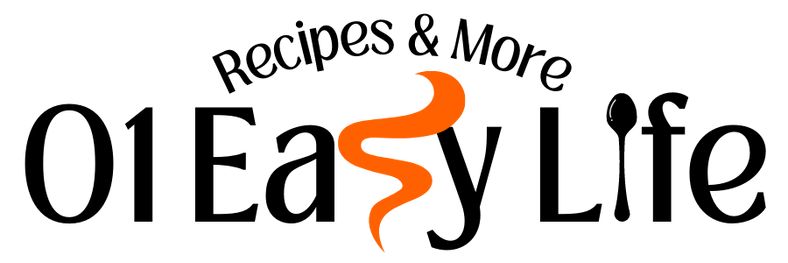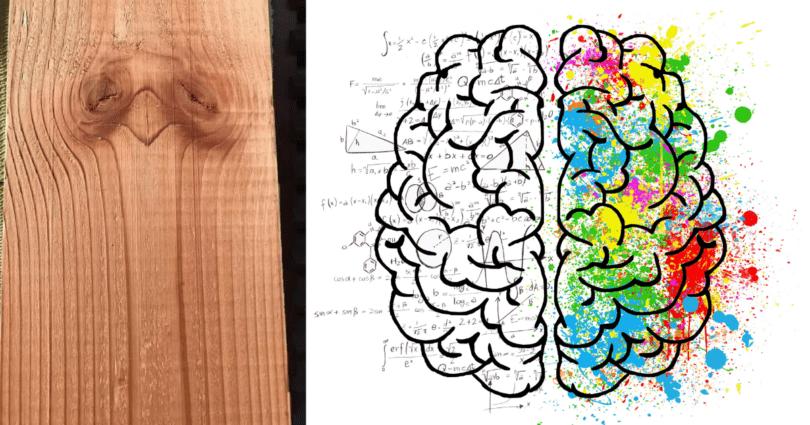Left-Brained and Right-Brained Thinking: A Scientific Exploration
The theory of left-brained and right-brained thinking posits that each hemisphere of the brain specializes in certain functions and modes of thinking. This idea, popularized in the 20th century, suggests that people can be categorized as either left-brained (logical, analytical, and methodical) or right-brained (creative, intuitive, and artistic). However, modern neuroscience provides a more nuanced understanding of brain function.
The Hemispheric Specialization Theory
The left hemisphere is traditionally associated with:
- Language processing: Broca’s and Wernicke’s areas, responsible for speech production and comprehension, are typically located in the left hemisphere.
- Analytical thinking: Tasks involving logic, mathematics, and detailed analysis are linked to left-brain activity.
The right hemisphere is traditionally associated with:
- Spatial abilities: The right brain excels in spatial judgments and visual perception.
- Creativity and intuition: This hemisphere is thought to handle tasks that involve creativity, intuition, and holistic thinking.
The image above shows a piece of wood with natural patterns resembling the shape of a brain. This visual metaphor highlights the organic and interconnected nature of brain function, emphasizing that both hemispheres contribute to our cognitive abilities in a harmonious and integrated manner.
Debunking the Myth
Research shows that the brain’s two hemispheres are more interconnected than previously thought. According to a study published in PLOS ONE, tasks that were believed to be dominated by one hemisphere often involve networks that span both hemispheres. For example:
- Language: While the left hemisphere is crucial for language processing, the right hemisphere contributes to understanding context and tone.
- Creativity: Creative thinking involves both hemispheres, integrating analytical and imaginative processes.
Arguments Against the Dichotomy
- Neuroplasticity: The brain’s ability to reorganize itself suggests that both hemispheres can adapt to various functions. A study by the University of Utah found no evidence to support the idea that individuals have a dominant brain hemisphere that influences their personality and thinking style.
- Integrated Brain Functioning: Cognitive processes are complex and involve multiple regions of the brain working together. Functions such as decision-making, problem-solving, and emotional regulation are distributed across both hemispheres.
The Role of the Corpus Callosum
The corpus callosum, a bundle of nerve fibers, connects the left and right hemispheres, allowing them to communicate. This connectivity is essential for coordinating activities that require both logical and creative thinking. For instance, playing a musical instrument involves reading music (left brain) and interpreting the piece creatively (right brain).
Conclusion
While the idea of left-brained and right-brained thinking is a compelling narrative, it oversimplifies the complexity of brain function. Both hemispheres work in tandem, integrating their specialized functions to enable holistic cognitive abilities. Understanding the brain as a unified organ rather than a divided one provides a more accurate picture of how we think, learn, and create.









